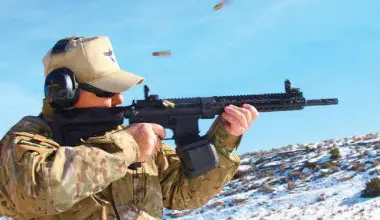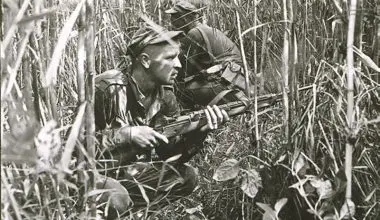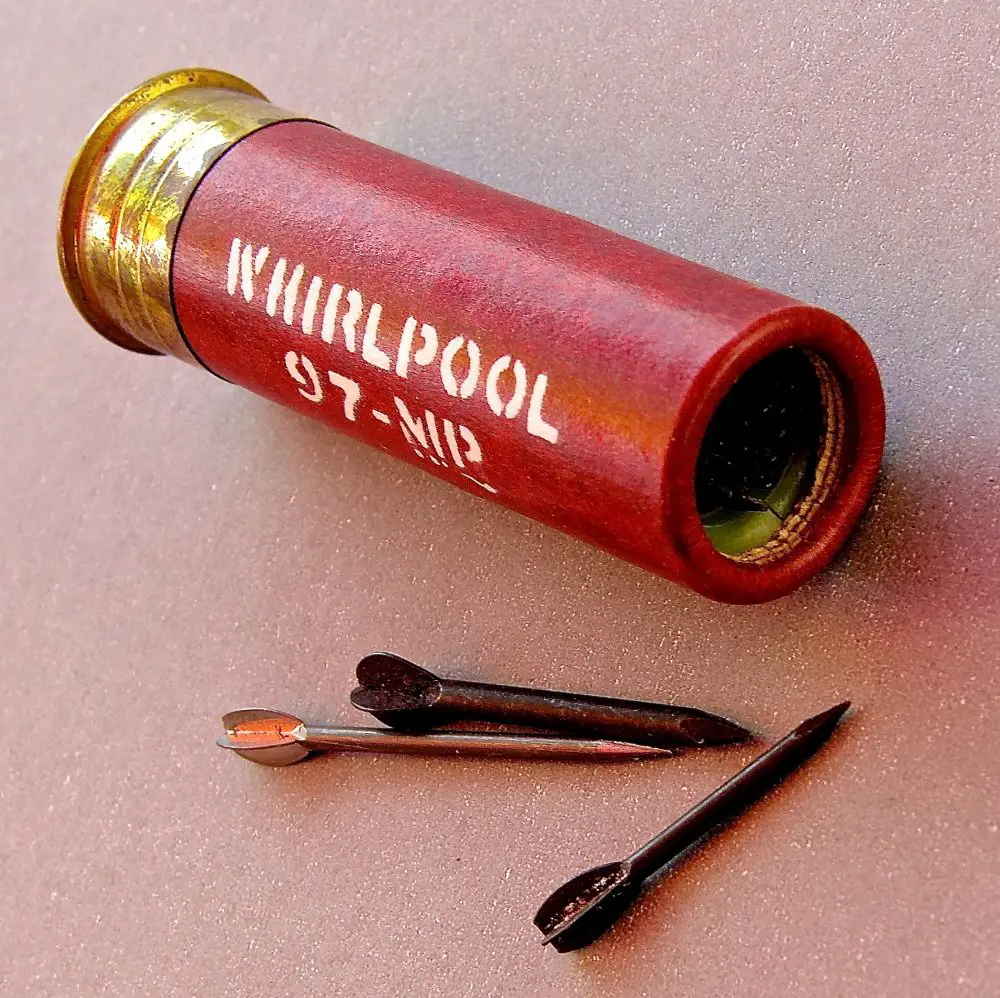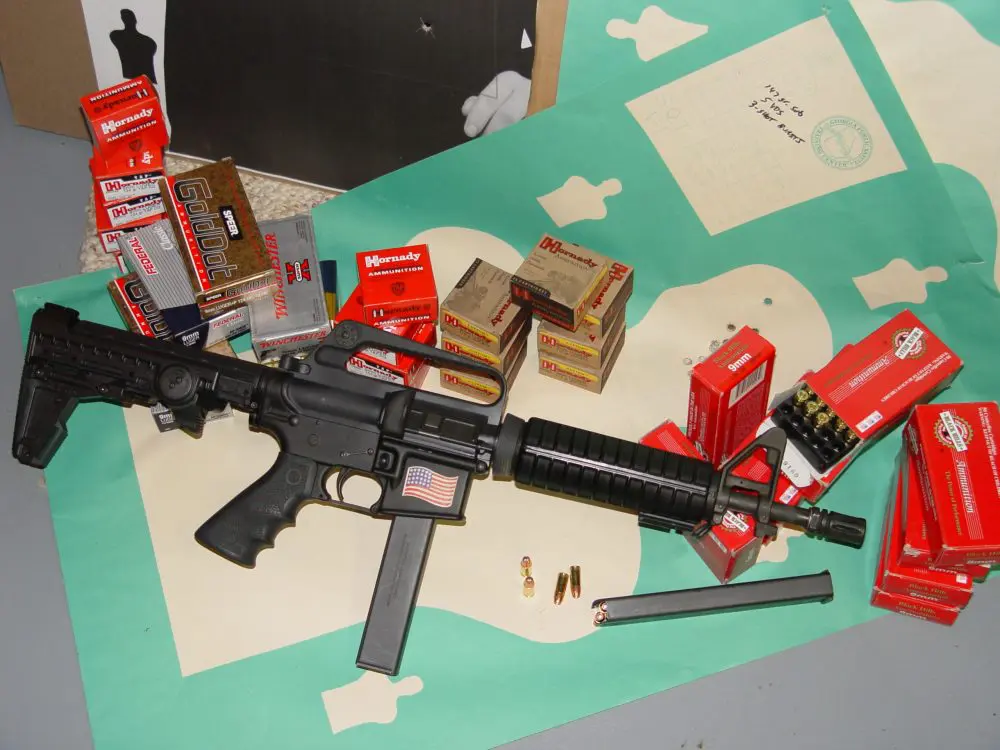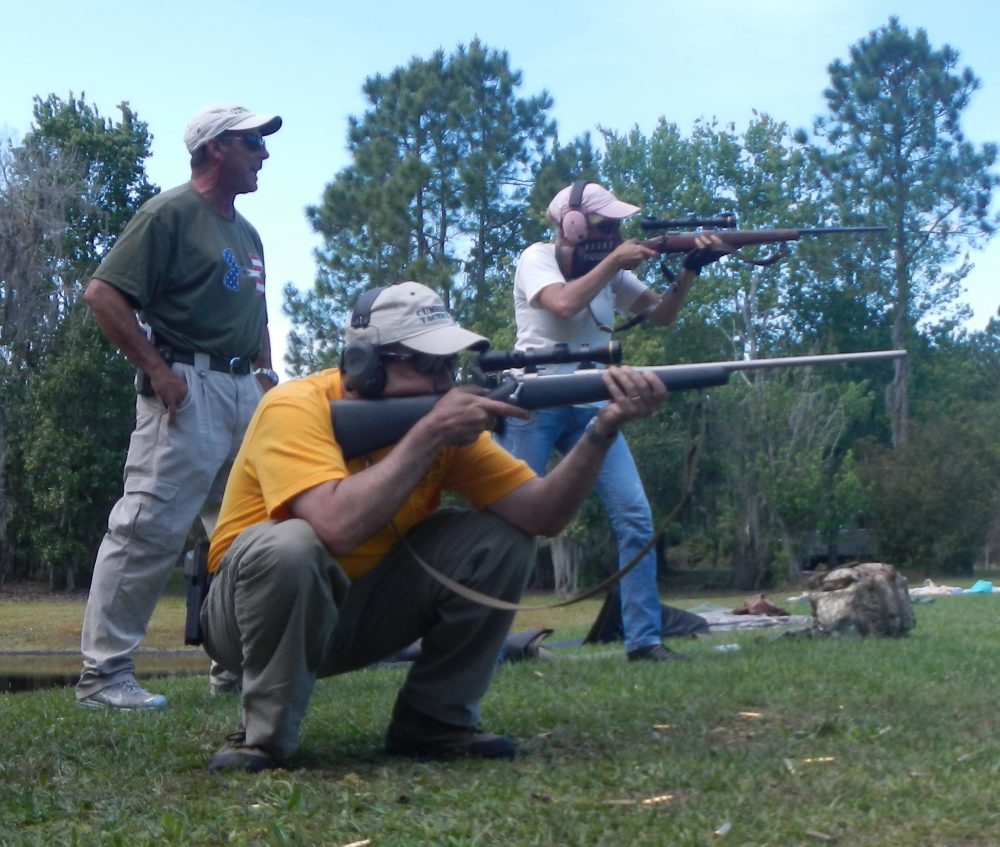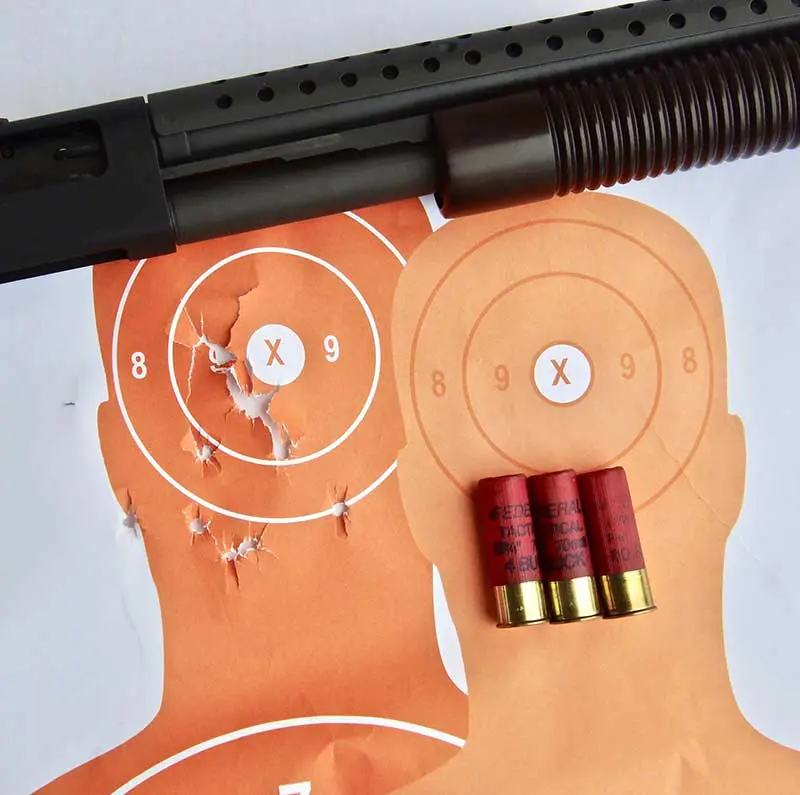When doing tactical training with entry teams, I have found it is sometimes difficult to keep the unit’s snipers engaged. On some teams, the snipers receive entry training as well, but that still doesn’t allow them to work on their sniper skills.
When I was doing a series of training contracts for U.S. Army Special Reaction teams, we used to incorporate sniperinitiated entries whenever possible so that the sniper had a realistic part to play in the exercise.
For example, when using a tire house, we would sometimes place a “sentry” target next to the house or, with care, inside the doorway of the house positioned so that no ricochet or back splash could hit the members of the stack waiting to enter. When the sniper put down the “sentry,” the team would carry out their entry. We created other scenarios where the sniper would take out a terrorist holding a hostage through a window while the rest of the team cleared other rooms. I was always looking for good training exercises for snipers.
In addition to those training exercises, I am also looking for creative ways to test sniping rifles when I do T&Es. As a result, when I received Paladin Press’ 100+ Sniper Exercises by Eduardo Abril de Fontcuberta for review, I felt it would offer good suggestions for sniper training that could be carried out alone or with other tactical marksmen, as well as perhaps giving me some ideas for shooting exercises to test tactical rifles.
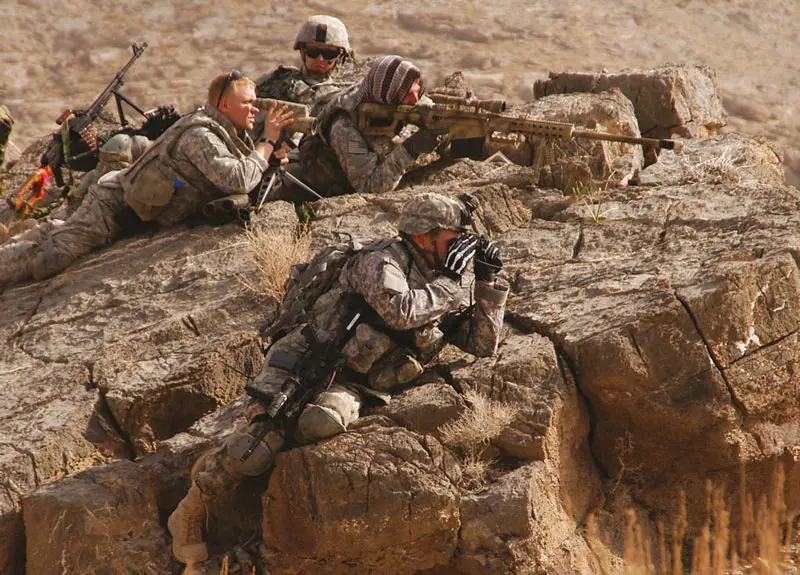
This work is designed to offer standalone sniper exercises or a sniper training program if they are combined. Exercises may also be selected and used as part of a sniper evaluation program. In fact, the first six chapters are oriented toward physical fitness standards, targets and equipment selection, and sniper shooting standards.
Chapter 7 begins the actual exercises and covers “Close-Range Exercises— Known Distance Exercises.” Exercises from various sniper courses are incorporated. One that was new to me was “7.9 Finnsniper Neoprene Head Shots.” The exercise is geared toward shooting in Arctic conditions, where laser rangefinders and GPS units are not always reliable, hence are not allowed. Also because of the harsh, windy conditions, shooting prone may not be practical, so the exercise is shot kneeling or sitting. Bipods are not allowed. A twosniper team must each engage a head target at an unknown distance (actually about 150 meters), firing five rounds each in five minutes. Only hits between the eyes score the full five points, with other hits scoring fewer. Fifty points for the team would be perfect.
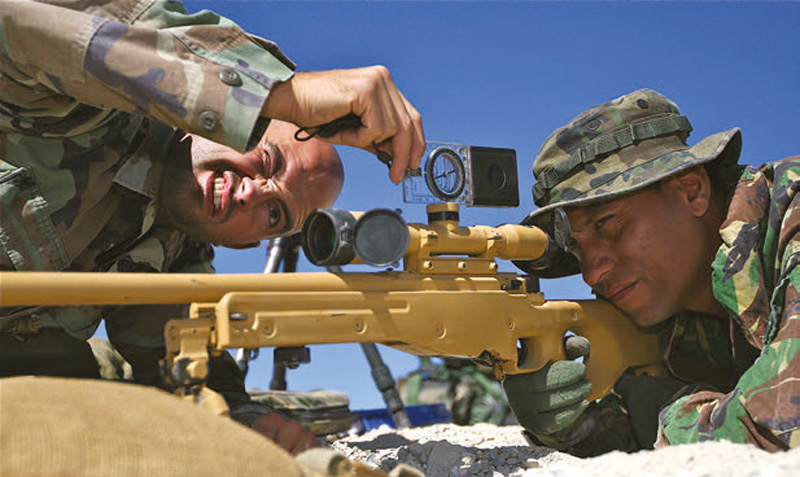
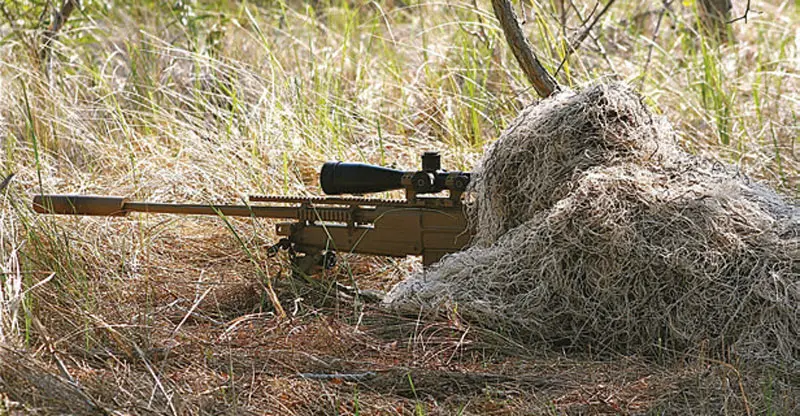
Among the exercises in the chapter on “Complex and Skills-Oriented Exercises” are those requiring simultaneous engagements, snap and defensive shooting, different types of glass—including armored and cockpit— maritime moving target shooting, mountain slant-angle shooting, and various others. These appear quite challenging and I look forward to trying some of them.
Range estimation exercises and ballistics and wind reading exercises are discussed. An advantage of many of these exercises is that unit snipers can practice their skills without having to shoot in situations where other members of a tactical unit are shooting on the range.
An entire chapter is devoted to “Long Range and HTI (Hard Target Interdiction) Sniper Exercises.” Included are various long-range qualification tests from U.S. military and foreign military snipers. Some exercises, such as “Sniper Dawn at Gunsite,” incorporate the briefing and target approach as well as the shot.
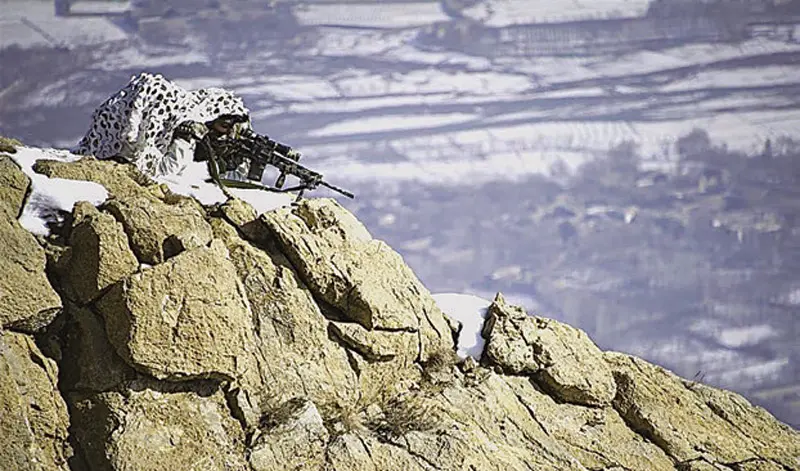
Another interesting exercise, which combines an array of sniper skills, is to attempt to match the longest military sniper kill (2,710 yards).
Although .338 Lapua rifles are the largest I normally shoot, the “GOE HTI Missile Interdiction Mission” for a .50 BMG anti-materiel rifle appears to be an excellent exercise for special ops troops. GOE, by the way, stands for Grupo de Operaciones Especiales, the Spanish Army Special Ops unit. This exercise entails planning and executing a full sniper mission against a simulated Scud-B missile launcher. After engaging the “missile,” the operators must carry out their exfiltration.
“Communications Exercises” can range from use of satellite comms to more basic communication between the observer who describes the target and the sniper who shoots it. “Camouflage and Observation Exercises” include stealth and movement exercises, and target observation and plotting exercises to target intel memorization under stress. “Navigation Exercises” involve accurately navigating to a target using map and compass.
“Sniper Simulation Training Systems” discusses some systems of which I was not aware. Since I have always been interested in the Spanish Legion, I found the section on their simulation building very interesting.
“Tactical Medicine Exercises” are basic skills useful for both military and LE snipers. “Survival and Tracking Exercises” covers those skills useful for the sniper and how to acquire them. The final two chapters are on recommended sniper competitions, schools and instructors.
I’ve read this 310-page book once and intend to read it a second time with a highlighter in hand so I can mark those exercises I want to incorporate when testing rifles or just would like to try.
I highly recommend 100+ Sniper Exercises to military and law enforcement tactical marksmen. I also think readers who like to shoot precision rifles will find lots of useful information and some exercises that will make a day at the range more interesting.
